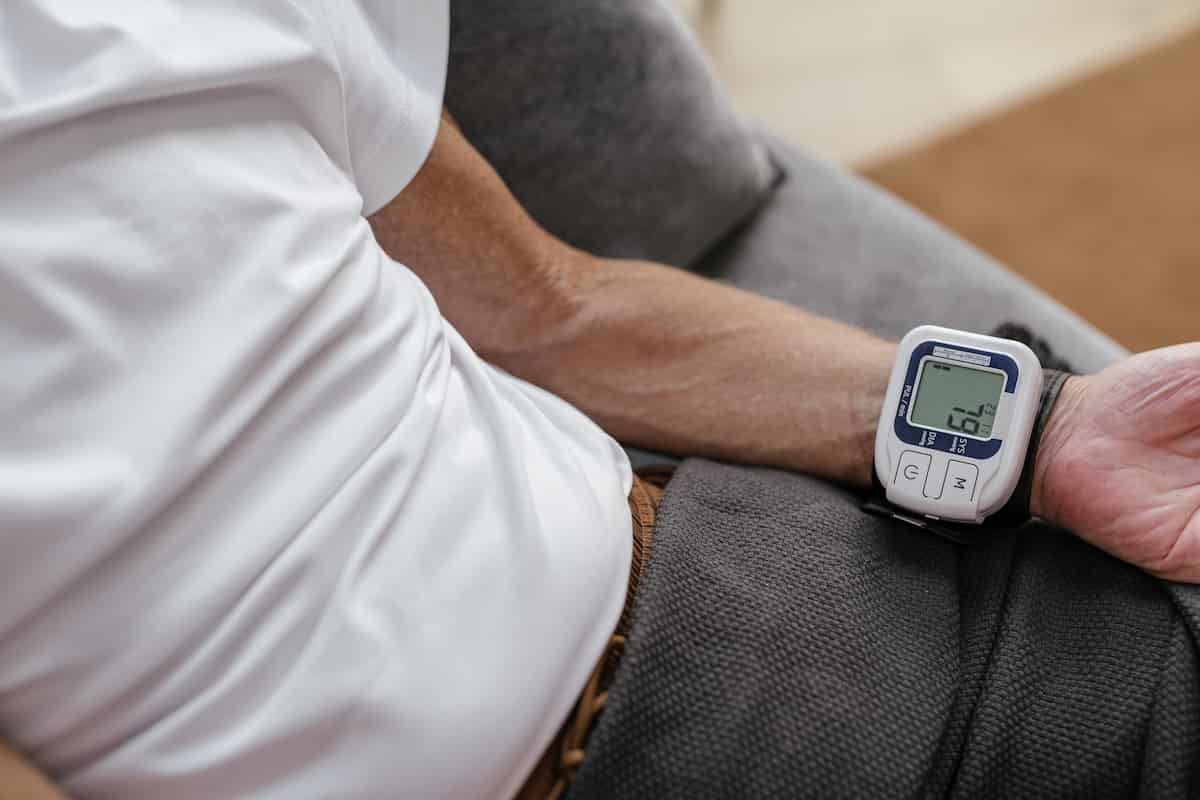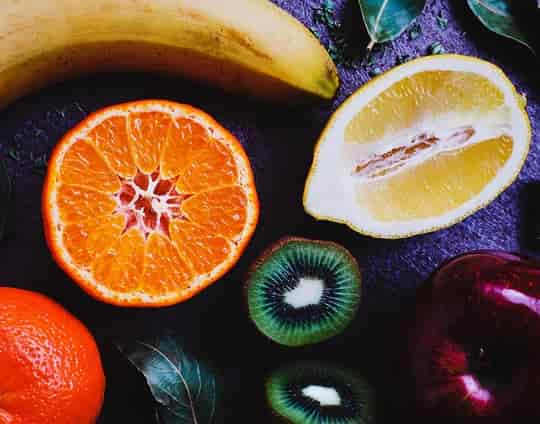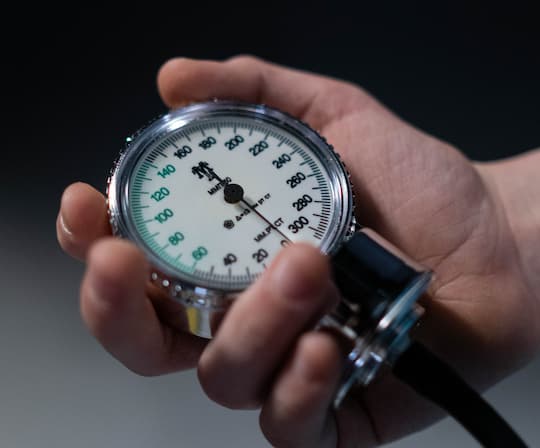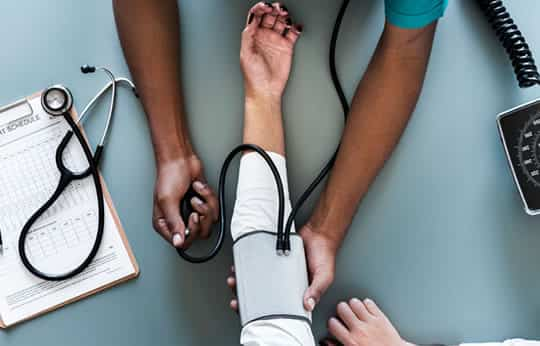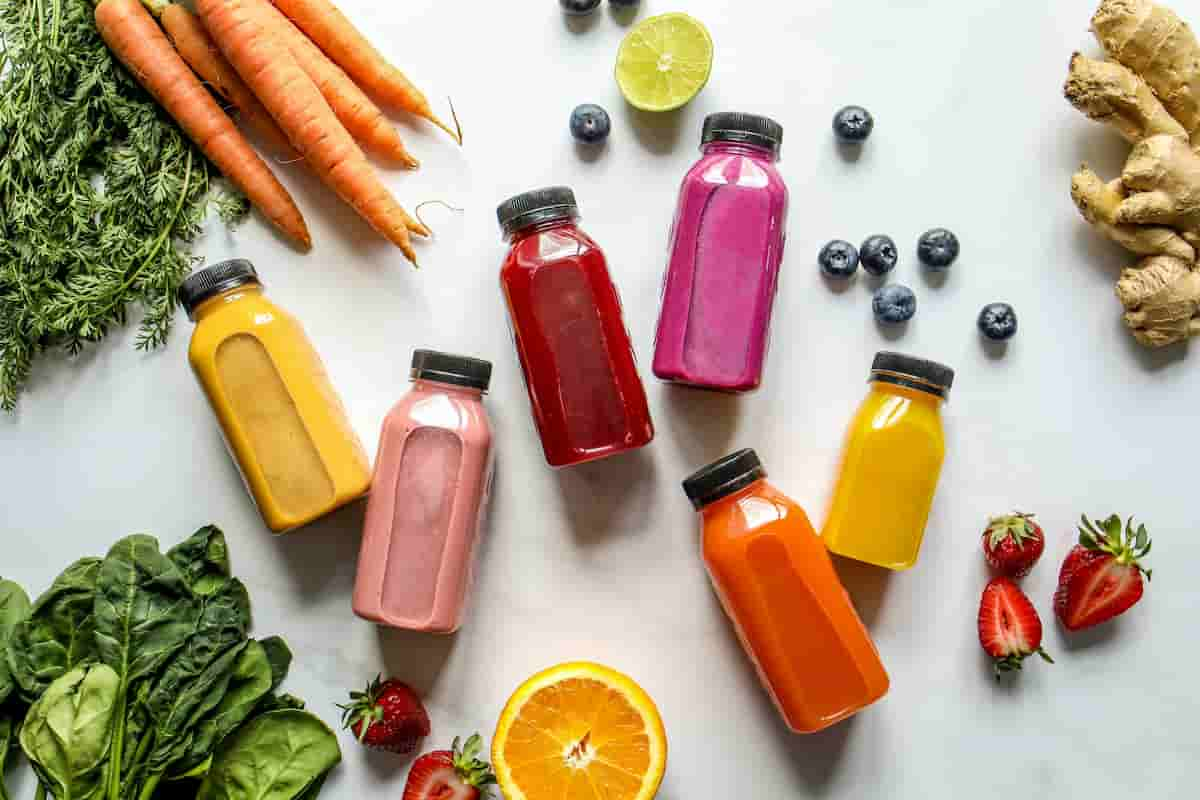Lower blood pressure linked to one of the most popular drinks in the world.
Lower blood pressure linked to one of the most popular drinks in the world.
Coffee is one of the most common drinks around the world yet due to its natural stimulant effect, caffeine has been controversial.
Caffeine can cause a short spike in blood pressure by affecting adenosine production, a compound that relaxes blood vessels.
However, antioxidants in coffee reduce this effect, helping the blood vessels to widen and improve blood flow.
Phenolic compounds in coffee have antioxidant activity that can provide anti-inflammatory benefits and improve insulin sensitivity.
Contrary to what many believe, a study has found that drinking coffee helps maintain low blood pressure.
Participants who consumed two or three cups of coffee every day had notably lower blood pressure than those who did not drink coffee.
The research team observed that moderate coffee consumption was associated with lower peripheral and central (aortic) systolic blood pressure (SBP).
Elevated central aortic pressure is a strong indicator of cardiovascular disease.
Professor Arrigo Cicero, the study’s first author, said:
“The results obtained show that those who regularly drink coffee have significantly lower blood pressure, both on peripheral and central levels, than those who do not drink it.
This is the first study to observe this association in the Italian population, and the data confirm the positive effect of coffee consumption on cardiovascular risk.”
Despite the side effects linked to its powerful stimulant effect, several studies show that people who drink coffee regularly, but in moderation, are less likely to develop diabetes, cardiovascular disease, liver disease, and certain neurodegenerative conditions.
Professor Cicero said:
“Caffeine is only one of the several coffee components and certainly not the only one with an active role.
Positive effects on human health have indeed been recorded even among those who consume decaffeinated coffee.
We know that caffeine can increase blood pressure, but other bioactive components in coffee seem to counterbalance this effect with a positive end result on blood pressure levels.”
To find out the impact of coffee on blood pressure, the study compared central and peripheral BP values in 1,503 Italian adults.
Participants’ coffee drinking habits (the amount and how often) and blood pressure levels were recorded.
Professor Cicero said:
“The results are very clear: peripheral blood pressure was significantly lower in individuals consuming one to three cups of coffee a day than in non-coffee drinkers.
And for the first time, we were also able to confirm these effects with regard to the central aortic pressure, the one close to the heart, where we observe an almost identical phenomenon with entirely similar values for habitual coffee drinkers compared to non-coffee drinkers.”
Their data shows that coffee drinkers had lower values in central aortic pressure, peripheral circulation, SBP, and pulse pressure suggesting the beneficial health effects in lowering cardiovascular disease risk.
The study was published in the journal Nutrients (Cicero et al., 2023).
